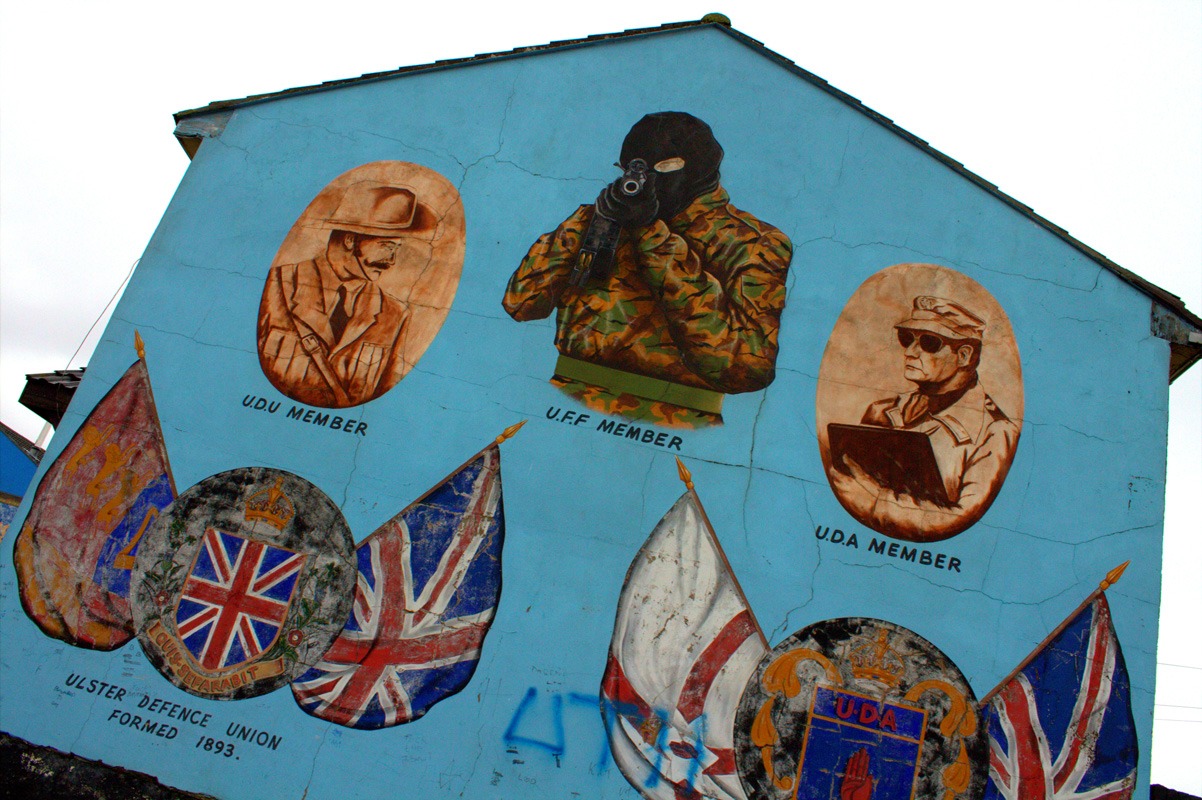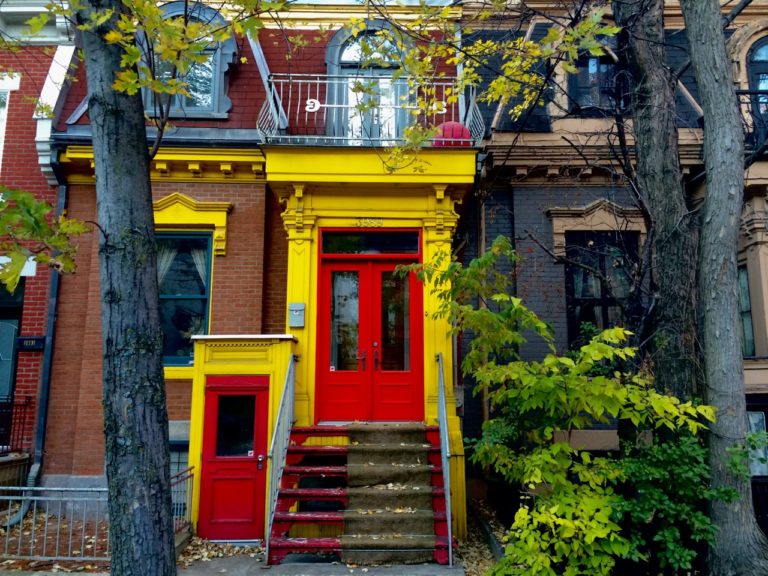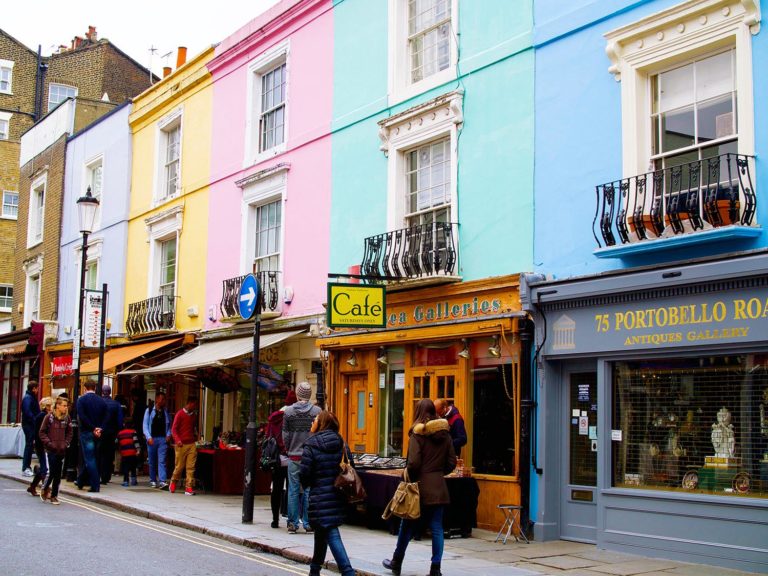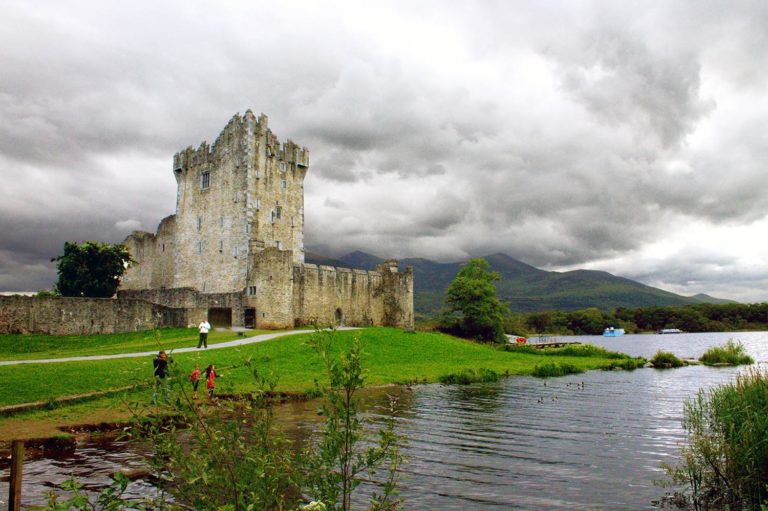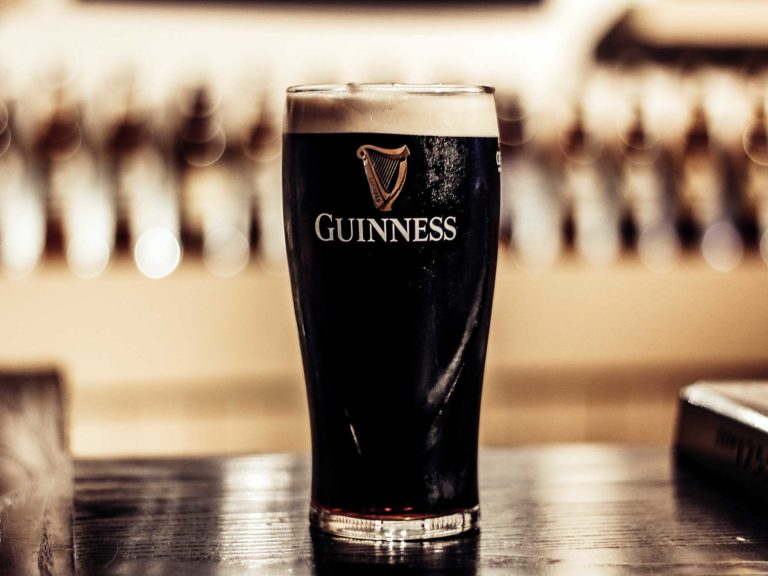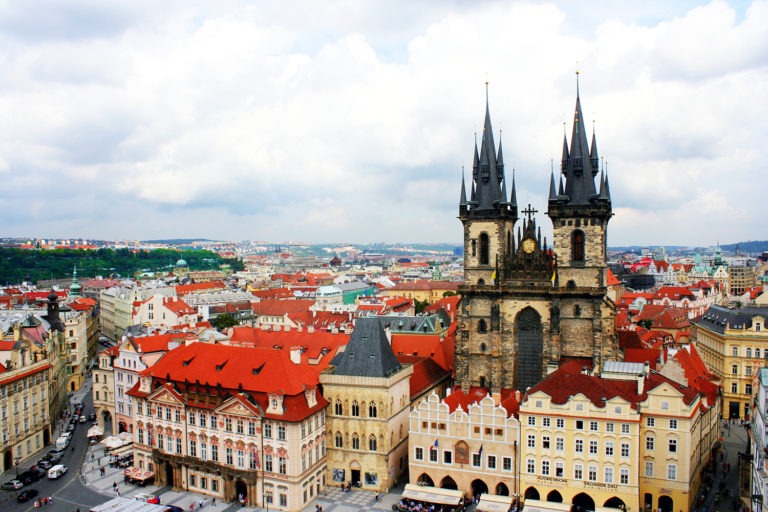Northern Ireland’s Troubles Murals – In Photos
It’s hard to believe that it was only a few years ago. And perhaps even harder to believe that despite the time that passed, and the efforts made, the issue isn’t entirely settled.
In terms of Irish history, the so-called “Troubles” are a major chapter, and is still very true in Northern Ireland, especially in Derry and Belfast. Two cities where history took tragic a turn of event just a few decades ago, killing several and permanently severing two groups:
The Queen-lovers, pro-Britain protestant Loyalists.
The Queen-haters, pro-Ireland catholic Nationalists.
What surprised me the most is that despite the almost 20 years that passed since the last uprisings, both cities are still divided. Loyalists on one side, nationalists on the other. They barely ever mix together, except in the downtown area during working hours, which is considered neutral and immune to attacks from either parties. In 2012.
The Derry murals
Derry’s murals are a bit more touristy than the others, perhaps because of their location, and the extremely iconic “You are now entering Free Derry“.
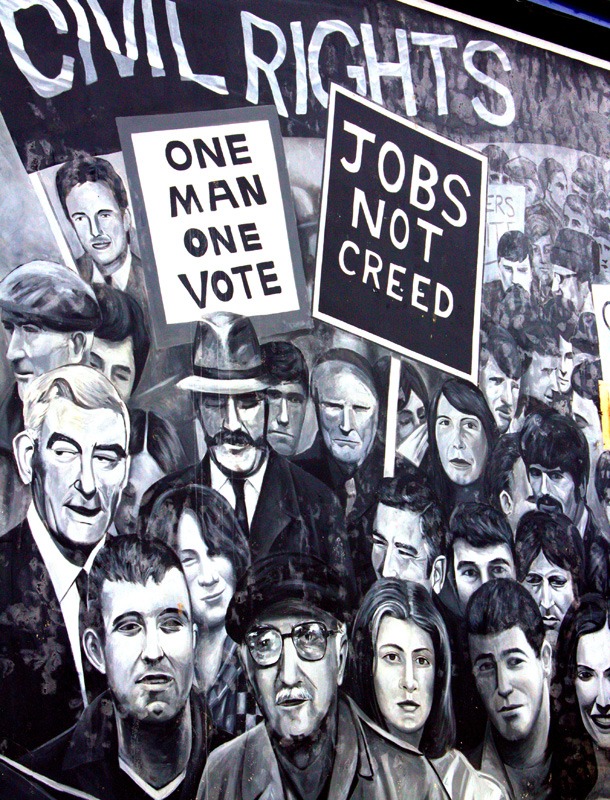
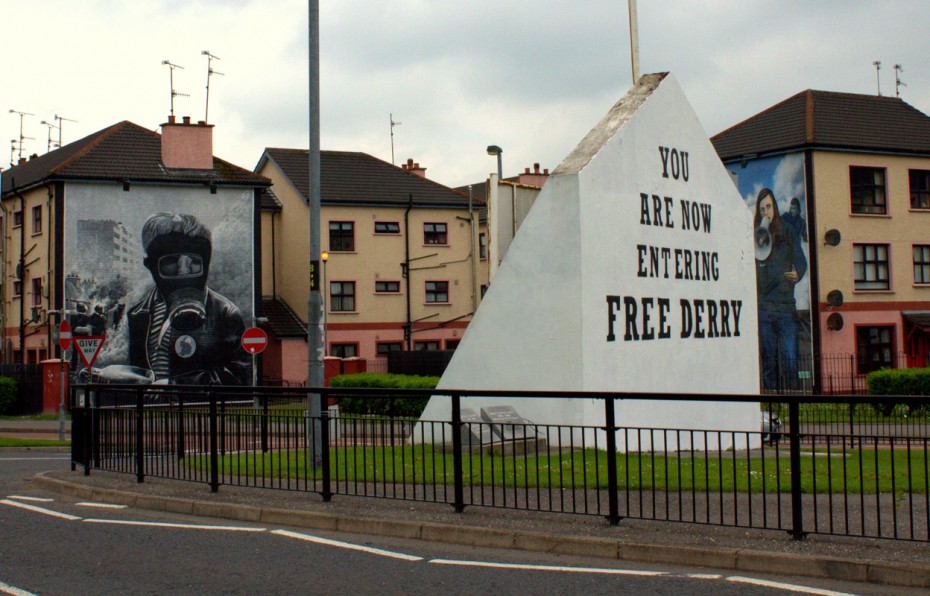
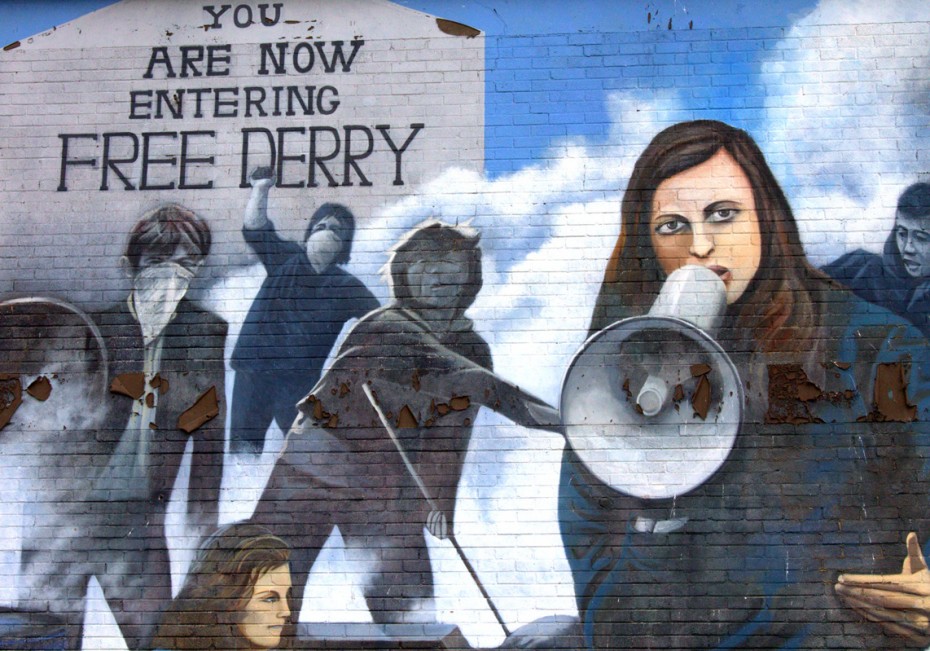
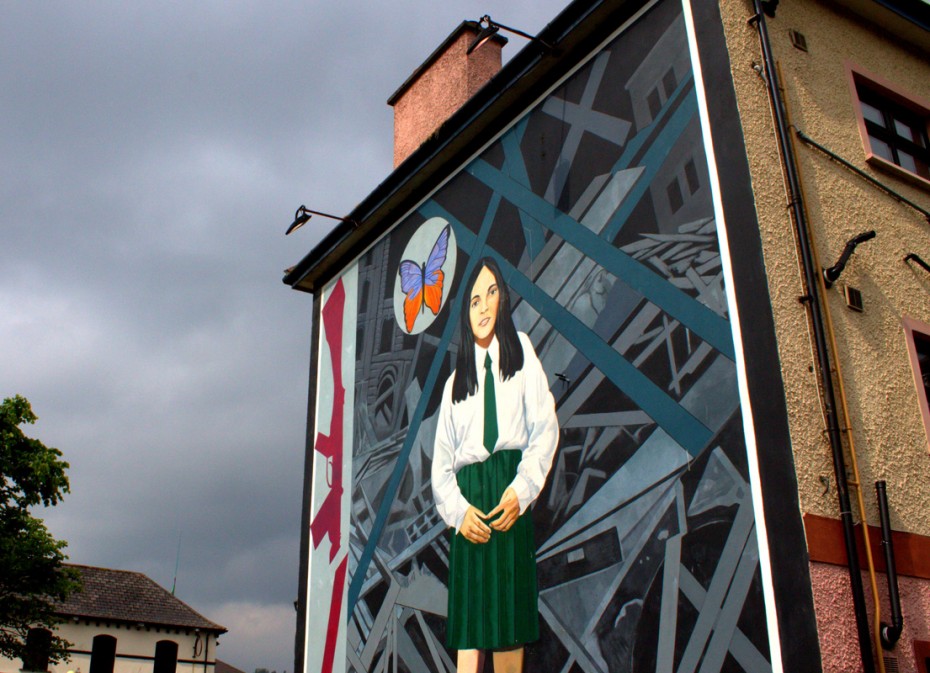
But the guide explained what each mural meant, and what’s the history behind each of them – which is extremely important if you ask me, just so the murals don’t become yet another bucket list item that people simply tick off without taking the time to actually understand, or at least, try to, the situation both cities were in.
Understand the hurt, the pain, the wrath, the need to be set free, and also, the need to be included.
The Belfast murals
While very touristy, there are black cabs tour that will take you to different murals, which is the best option really, because they are quite spread out. And you get to hear the stories straight from the horses’ mouth, from someone who actually lived through The Troubles and wonder if that parson is a nationalist or loyalist.
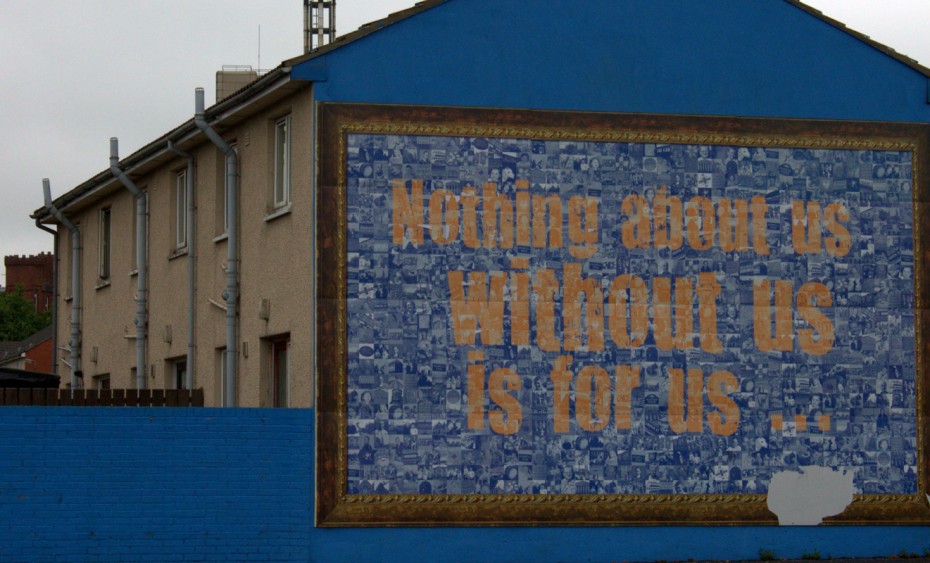
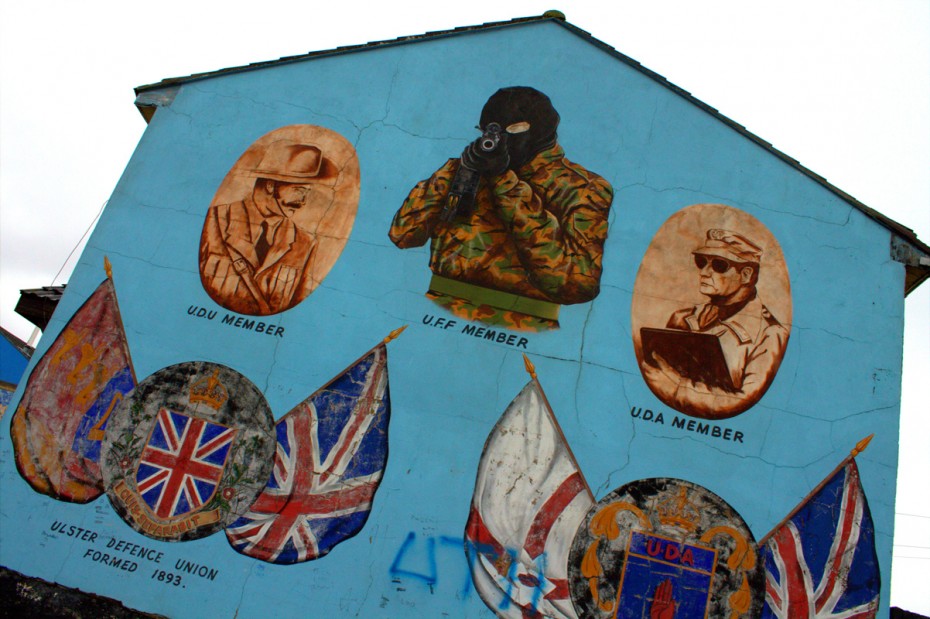
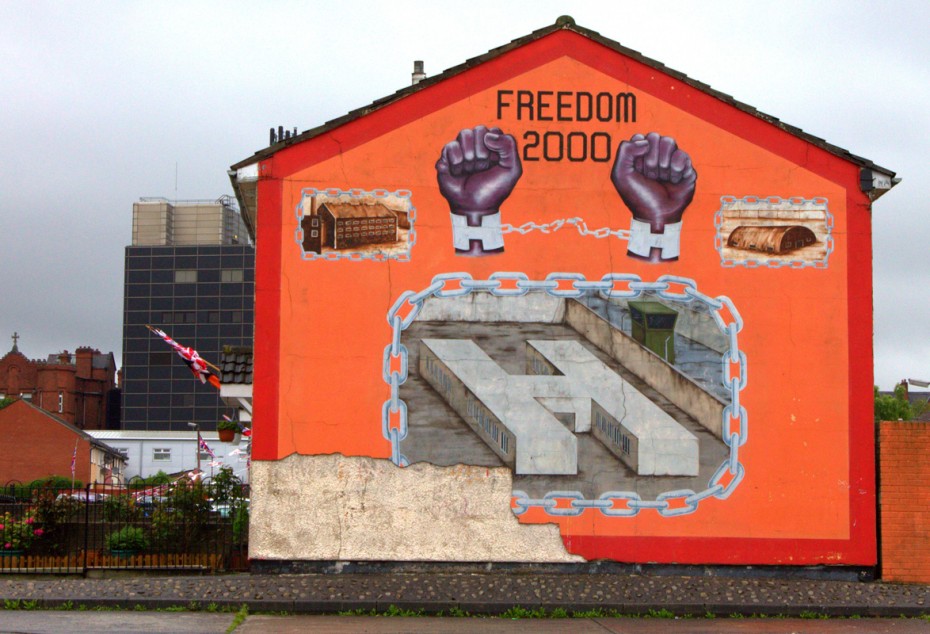
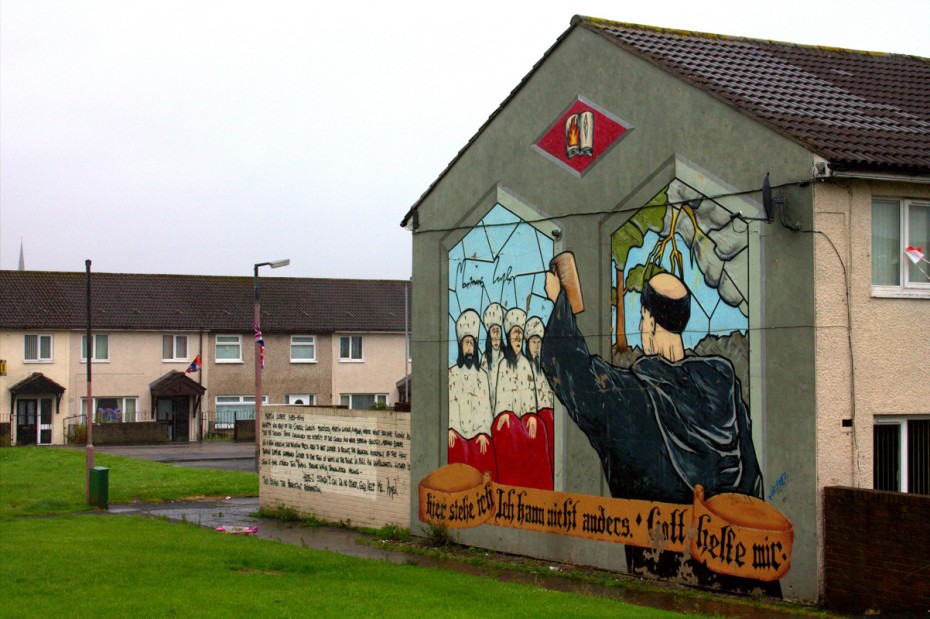
The Peace Walls
In both Belfast and Derry, there is still a steel wall that splits the city in half and very secure gates whose door close tightly after nightfall. Every night. In 2012. The walls were only meant to be a temporary measure to calm the riots in the 1960s, but due to their highly effective results, they have grown bigger, longer and higher throughout the years, with very little likelihood to be taken down in the foreseeable future.
The worst part? The houses on either side of the euphemistically called “Peace Walls” are protected by cages against the occasional missile, and have bulletproof windows. Same thing for the Nationalist remembrance garden nearby. Peace walls, you say?
Again. We’re in 2012. A relatively peaceful era, at least in the Western part of the globe.
And while I don’t judge the reasons nor the situation itself, it astonishes me to see such behaviors in this day and age. As a fundamentally liberal and pacifist person, wars go beyond my understanding, my rationalization, whatever the reasons. It truly has me at a loss for words. And if you know me at all, you know that doesn’t happen very often.
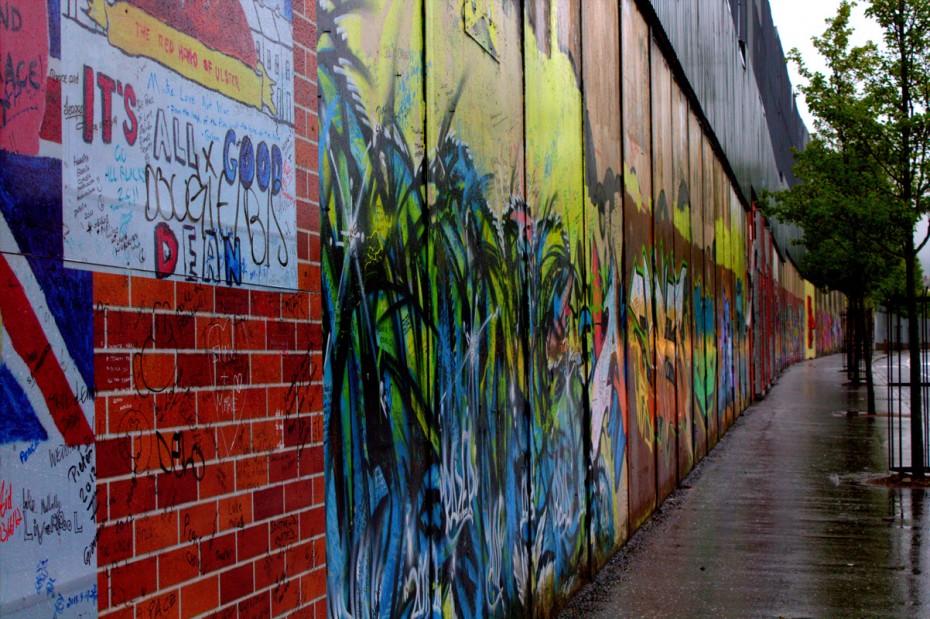
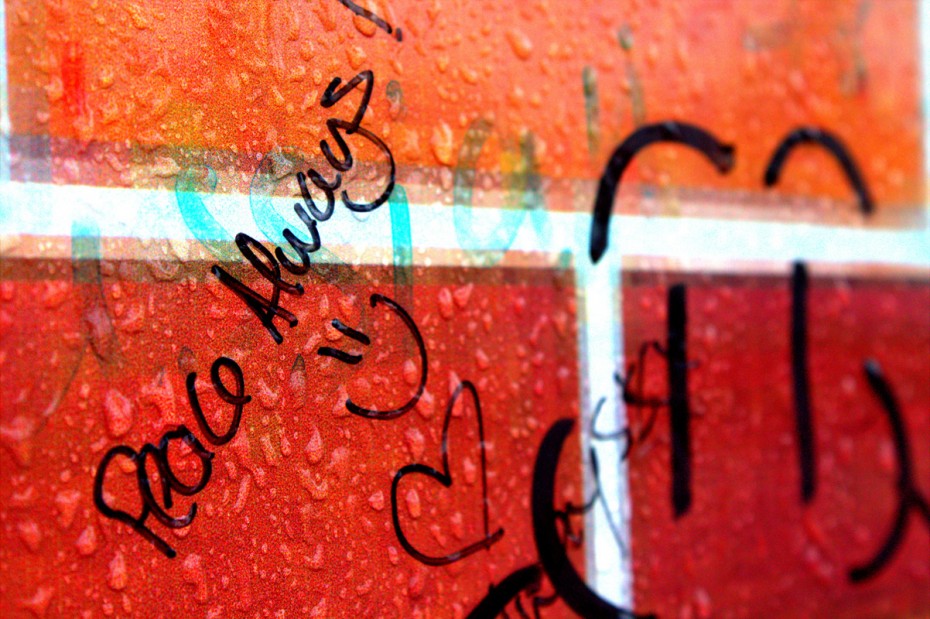
The city may have donated parts of the wall to local artists and made it a true urban art gem, but its meaning nonetheless speaks louder than its state, despite how pretty and full of hope it is. Perhaps, one day, we can all live together, minding our own business instead of fussing over our neighbor’s, choosing freedom over territory or religion.
But maybe I’m also slightly delusional.
[disclaim]Disclaimer: I was a guest of Shamrocker Adventures on this trip. As always, all expressions are my own.[/disclaim]
[wpgmza id=”78″]

